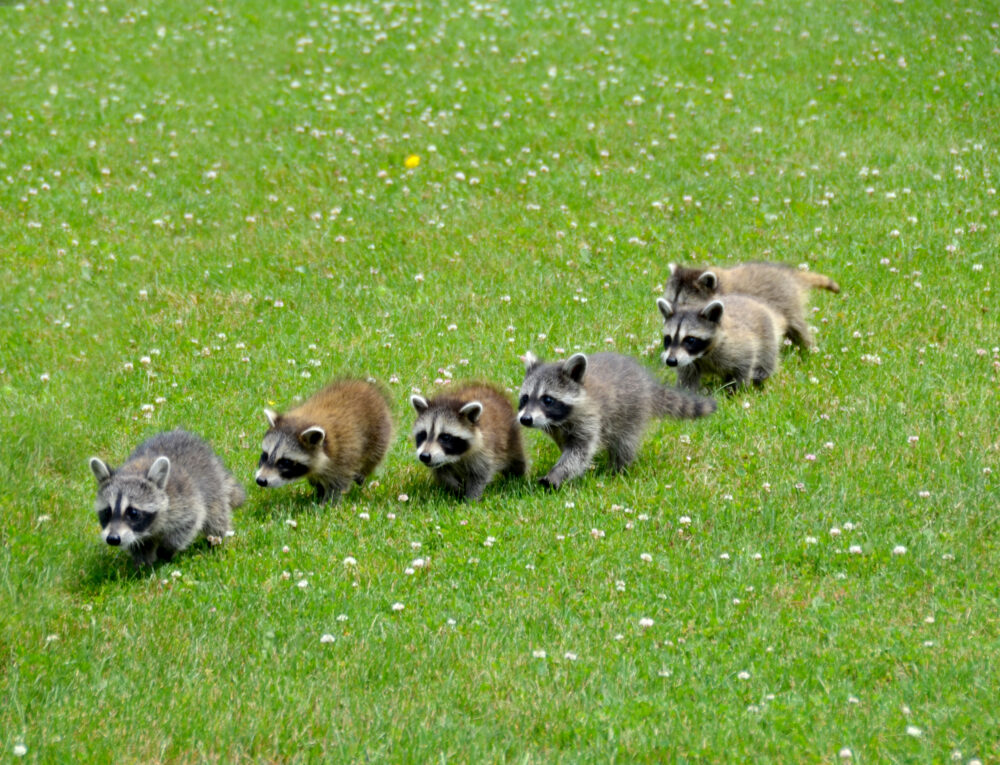We have much more to do and your continued support is needed now more than ever.
Wild Horses of Assateague: A Naturalized Species

Like many Americans tend to do during the summer, I made sure to hit the beach a few times. As a Marylander, there’s only so many times you can visit Ocean City. I love the boardwalk, but wanted to see something new and different. The chance of spotting a wild horse on Assateague Island was exciting! I was able to see a few brown and spotted horses grazing, unbothered, along the side of the road leading into the park. I even saw a group of them pilfering a family’s lunch on the beach. Yikes!
Which led me to ponder a few questions: how DID these undomesticated equines randomly get deposited here, in Maryland of all places? Are these horses considered true wildlife? Are wild horses considered native or an invasive species? Are there other wild horse populations in America? Can you hop up and ride the horses at Assateague? (Absolutely not. They WILL bite or kick you, as noted on signs all around the park.)

Wild horse ancestors
A quick search reveals that the horses at Assateague Island are thought to be the descendants of horses that survived a shipwreck off the coast of Virginia in the olden times.
The more likely explanation is that mainlanders seeking to evade taxation and ownership laws brought their domesticated horses to barrier islands like Assateague and the neighboring Chincoteague Island, and the remaining feral horse populations are their descendants. Personally, I like the shipwreck story more.
These horses (true horses, not ponies) have adapted to unusual conditions on their island and are very tough for it. They withstand temperature extremes: summer island heat can be intense, not to mention the mosquitoes, and they form thick coats in the winter to stave off the cold winds and storms.
Assateague horses feed primarily on nutrient-poor marsh and dune grasses, whereas domesticated horses enjoy a more varied diet including fruit and grains. To combat their high-salt diet, they drink around twice the amount of water of domesticated horses—this combination results in a rotund, bloated appearance.

A naturalized species
America used to have native pre-horse species populations originating in the Tennessee Valley, but unfortunately those have gone extinct.
The wild horses of today (with around 300,000 horses surviving in pockets nationwide) aren’t native, but some populations aren’t considered invasive, either, since they don’t inflict ecological harm. The horses of Assateague Island are what we might consider a naturalized species.
This means there’s knowledge or understanding that a species, at some point, was introduced to an area and has established and reproduced in its new environment without destroying or overtaking it. The ecological harm is what separates a naturalized species from an invasive one.
The horses at Assateague Island survive and reproduce without human intervention, and their populations are relatively stable. Every now and then park staff may put down a sick or injured horse to end its suffering, but the horses have adapted and integrated into their environment with little to no ecological harm. One might even say they swooped in to fill the niche left empty by the native horse ancestors we once had.

In the plant world, an example of a naturalized species in most parts of the country is Stellaria media, or common chickweed. Although native to Europe, this mat-forming plant is naturalized throughout North America, and is one of the most widespread naturalized plants in the world.
However, here at National Wildlife Federation, we advocate for the use of locally native plants in yards and gardens that support healthy bird and pollinator populations. Find native plants local to your area using our Native Plant Finder.





















